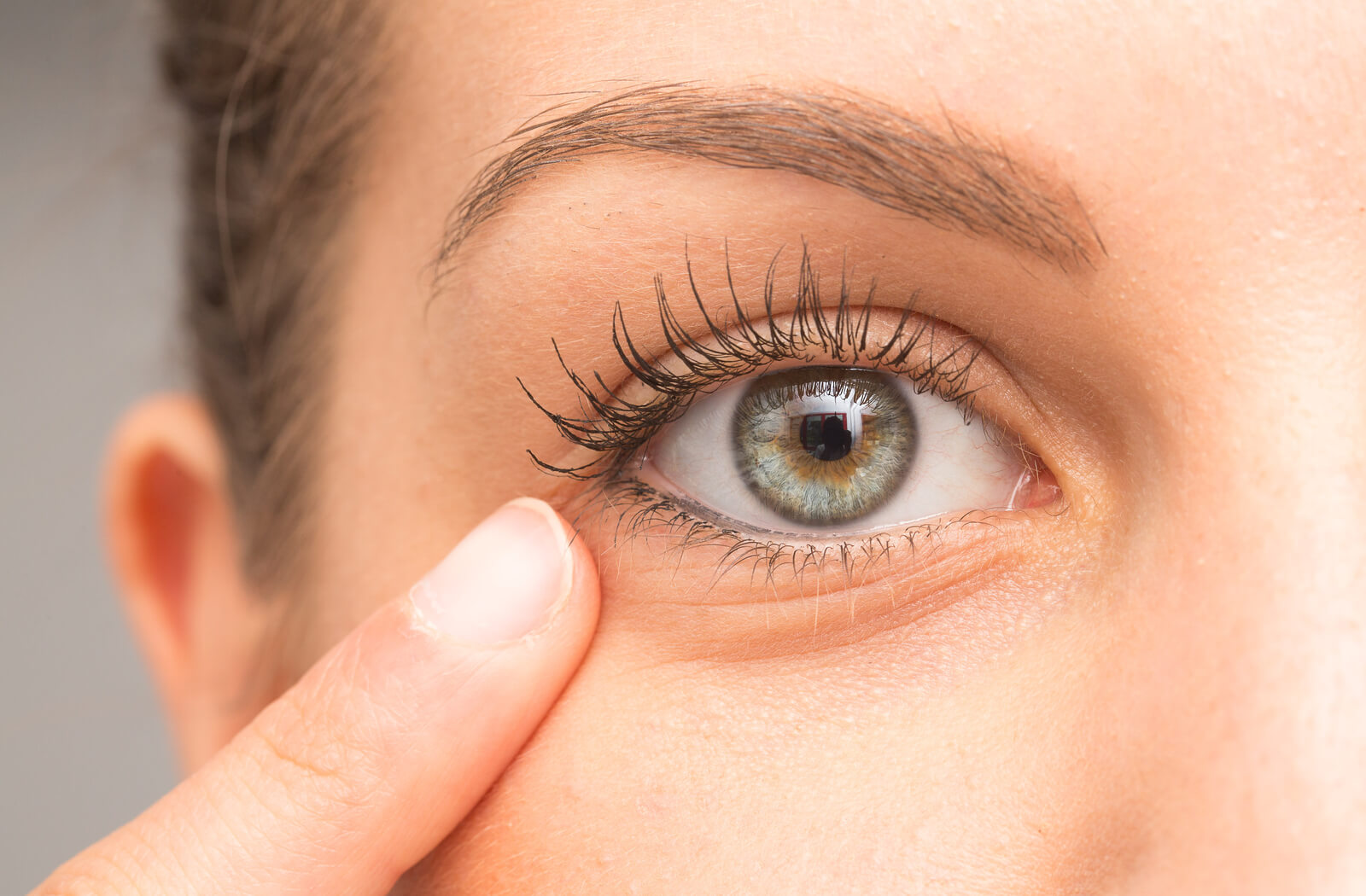The Twilight of the Spine: Exploring the Final Stages of Spinal Stenosis
Spinal stenosis, a narrowing of the spinal canal that compresses the spinal cord and nerves, can significantly impact mobility and quality of life. While symptoms often progress gradually, the final stages of spinal stenosis present a unique set of challenges. This article delves into the characteristics of this advanced phase, offering insights into expected symptoms, treatment options, and potential complications.
Disclaimer: It is important to note that the information in this article is for general informational purposes only and should not be a substitute for professional medical advice. The progression and experience of spinal stenosis can vary significantly from person to person. Always consult with a qualified healthcare provider for diagnosis, treatment recommendations, and personalized guidance.
When the Channel Narrows: Understanding the Final Stages
The final stages of spinal stenosis, sometimes referred to as grade 3 stenosis, signify a severe narrowing of the spinal canal. This compression puts significant pressure on the spinal cord and nerve roots, leading to a worsening of existing symptoms and potentially causing new ones.
Here are some key characteristics of the final stages of spinal stenosis:
- Intensified Pain: Back and leg pain, a hallmark symptom of spinal stenosis, often worsens considerably in the final stages. The pain might become constant and radiate down the legs with increased intensity, even with minimal activity.
- Muscle Weakness: Compression of nerves can lead to progressive muscle weakness, particularly in the legs. This can significantly impact walking, balance, and daily activities.
- Numbness and Tingling: Existing numbness and tingling sensations in the legs might become more pronounced and might extend to other areas depending on the location of the stenosis.
- Loss of Mobility: Severe pain, weakness, and balance issues can significantly limit mobility. Walking short distances might become difficult, and relying on assistive devices like canes or walkers could become necessary.
- Bowel and Bladder Dysfunction (Cauda Equina Syndrome): In severe cases, compression can affect nerves responsible for bladder and bowel control. This is a medical emergency and requires immediate medical attention.
Remember: Early diagnosis and treatment of spinal stenosis can significantly improve outcomes and potentially prevent progression to the final stages. If you experience any symptoms suggestive of spinal stenosis, consulting a healthcare professional is crucial.
Treatment Options in the Final Frontier: Managing Advanced Stenosis
While the goal in earlier stages of spinal stenosis might be to manage symptoms and slow progression, treatment in the final stages often focuses on alleviating pain, improving mobility, and preventing further nerve damage. Here are some potential treatment options:
- Epidural Steroid Injections: These injections can offer temporary pain relief by reducing inflammation around the compressed nerves.
- Physical Therapy: Exercises tailored to strengthen core muscles and improve flexibility can enhance balance and stability.
- Medication: Pain medications, muscle relaxants, and medications to manage nerve pain might be prescribed to improve comfort.
- Surgery: In some cases, surgery to remove bone spurs, ligaments, or part of the lamina (the back part of the vertebrae) might be necessary to create more space in the spinal canal and relieve nerve compression.
The most appropriate treatment approach will depend on the severity of your symptoms, location of the stenosis, and your overall health. Discussing all options with your doctor is crucial for making an informed decision.
Potential Complications: Navigating the Risks
Spinal stenosis, especially in its advanced stages, can lead to certain complications if left untreated. Here are some potential risks to be aware of:
- Loss of Independence: Severe pain and mobility limitations can significantly impact daily activities and potentially lead to a loss of independence.
- Depression and Anxiety: Chronic pain and the limitations associated with advanced stenosis can contribute to depression and anxiety.
- Neurological Issues: Long-term nerve compression might lead to permanent nerve damage and potentially impact bowel and bladder control.
Early diagnosis and proactive management are crucial for minimizing the risk of complications associated with spinal stenosis.
FAQ: Unraveling the Mysteries of Final Stage Spinal Stenosis
Q: How can I tell if I’m in the final stages of spinal stenosis?
A: While the specific experience can vary, experiencing severe and constant pain, significant muscle weakness in the legs, and difficulty walking short distances are potential indicators of the final stages. It’s crucial to consult a doctor for a proper diagnosis.
Q: Are there any alternative treatments for final stage spinal stenosis?
A: While medication, physical therapy, and potentially surgery are the mainstay treatments, some individuals might explore alternative therapies like acupuncture or massage for pain management. Always discuss these options with your doctor to ensure they are safe and complement your existing treatment plan.




